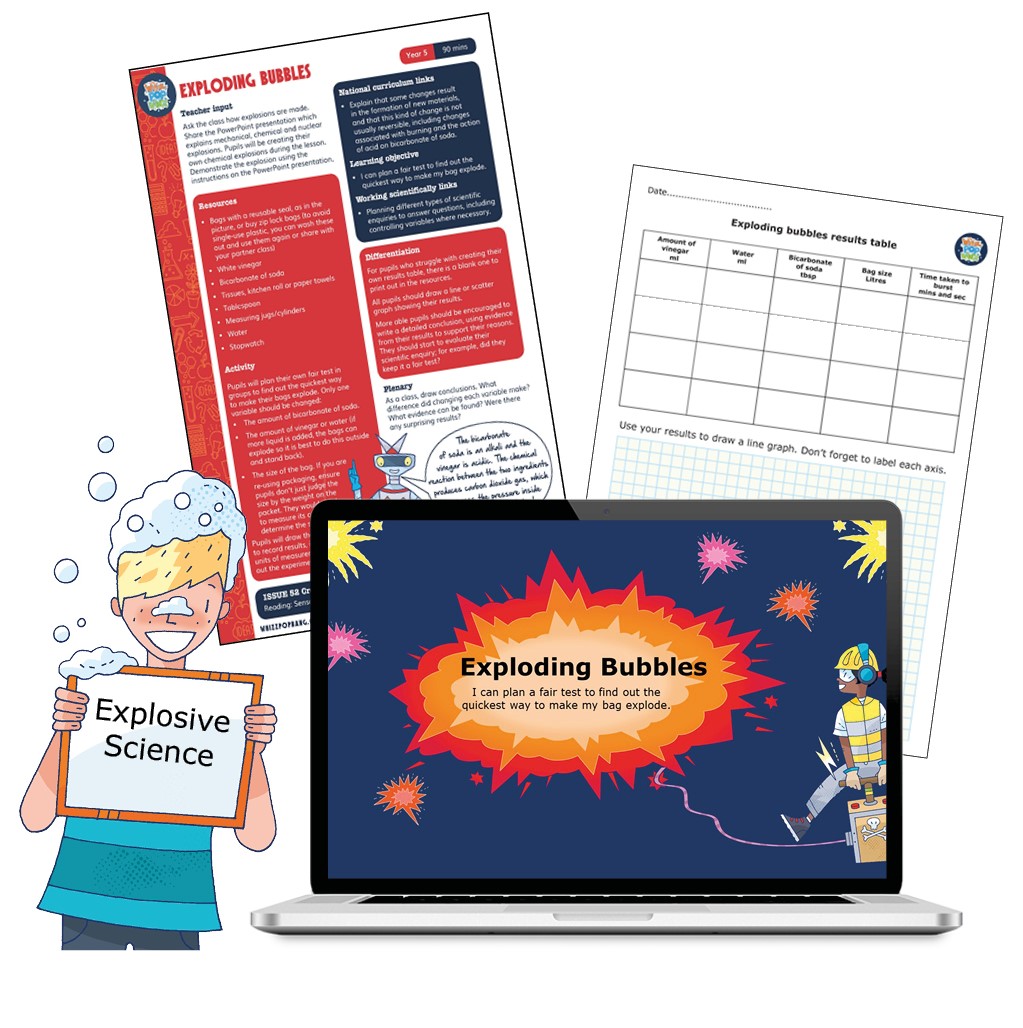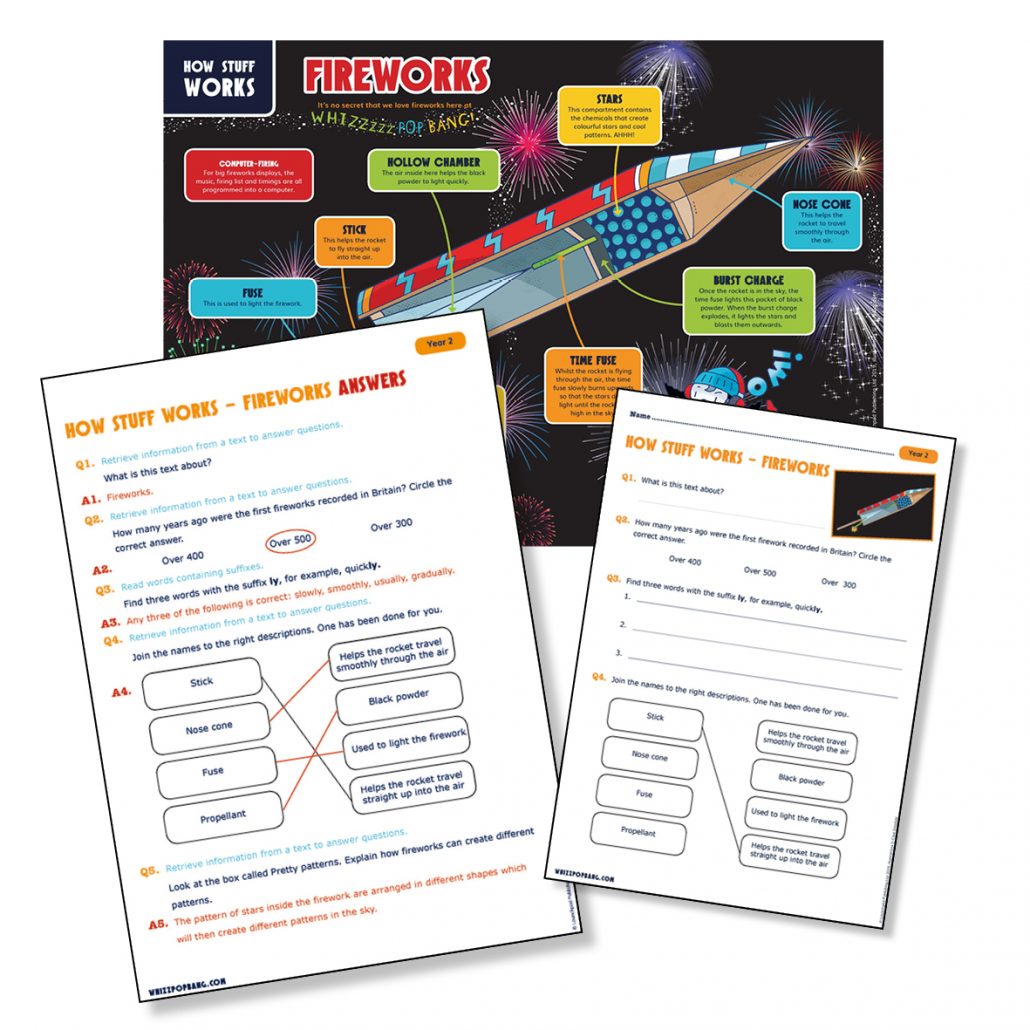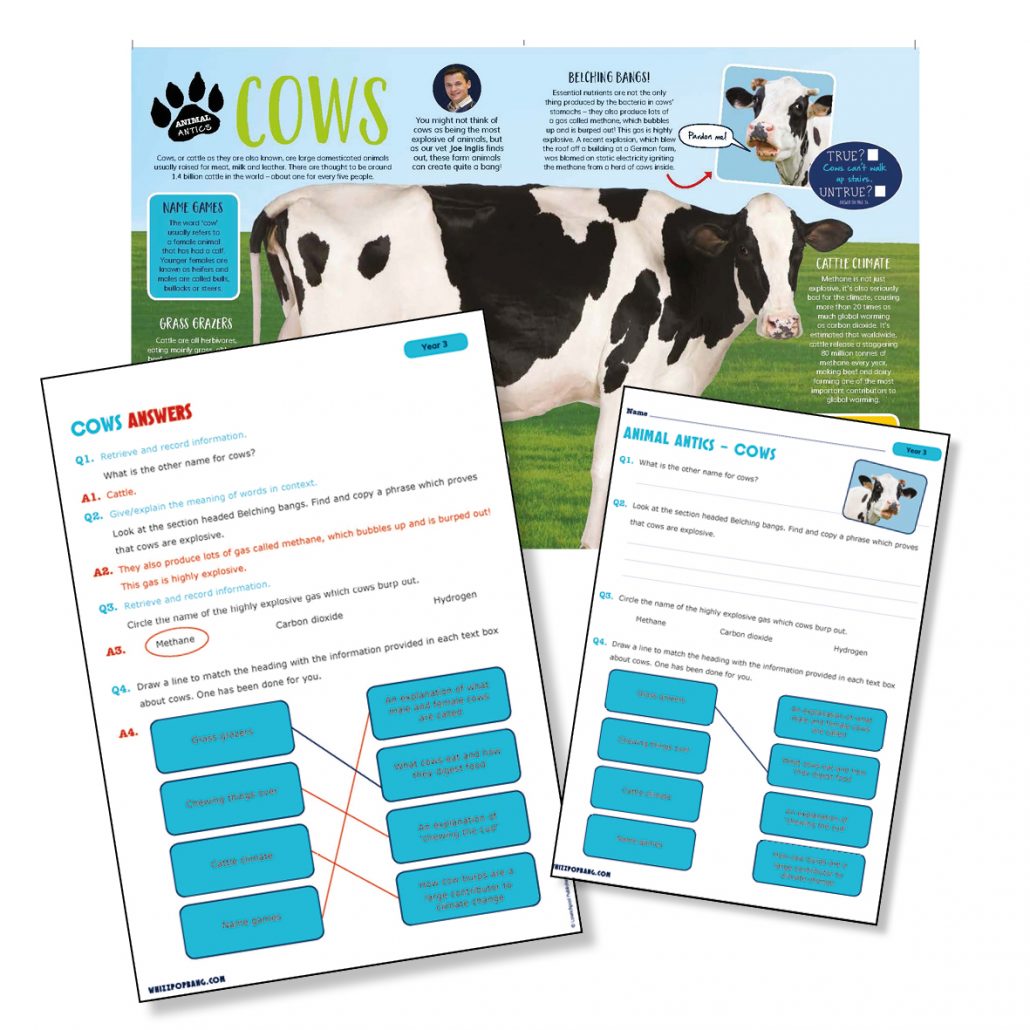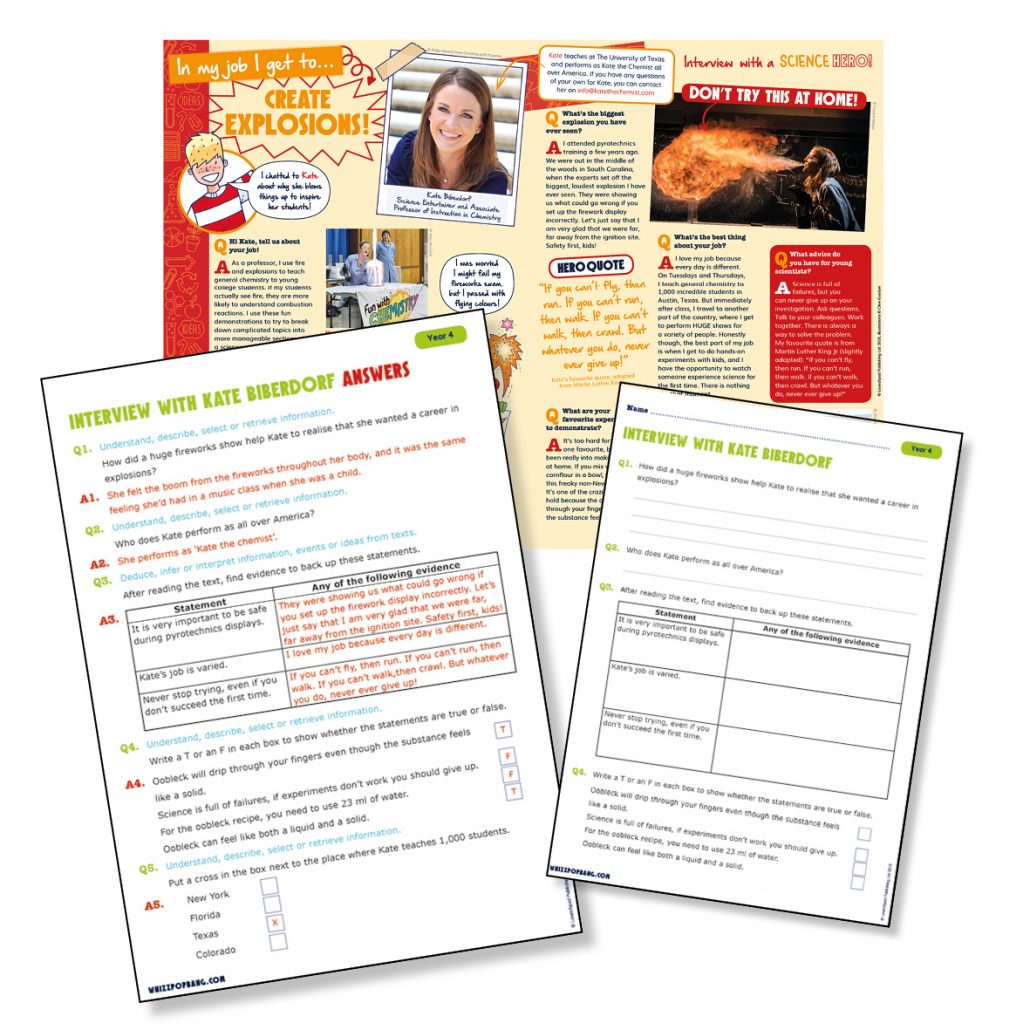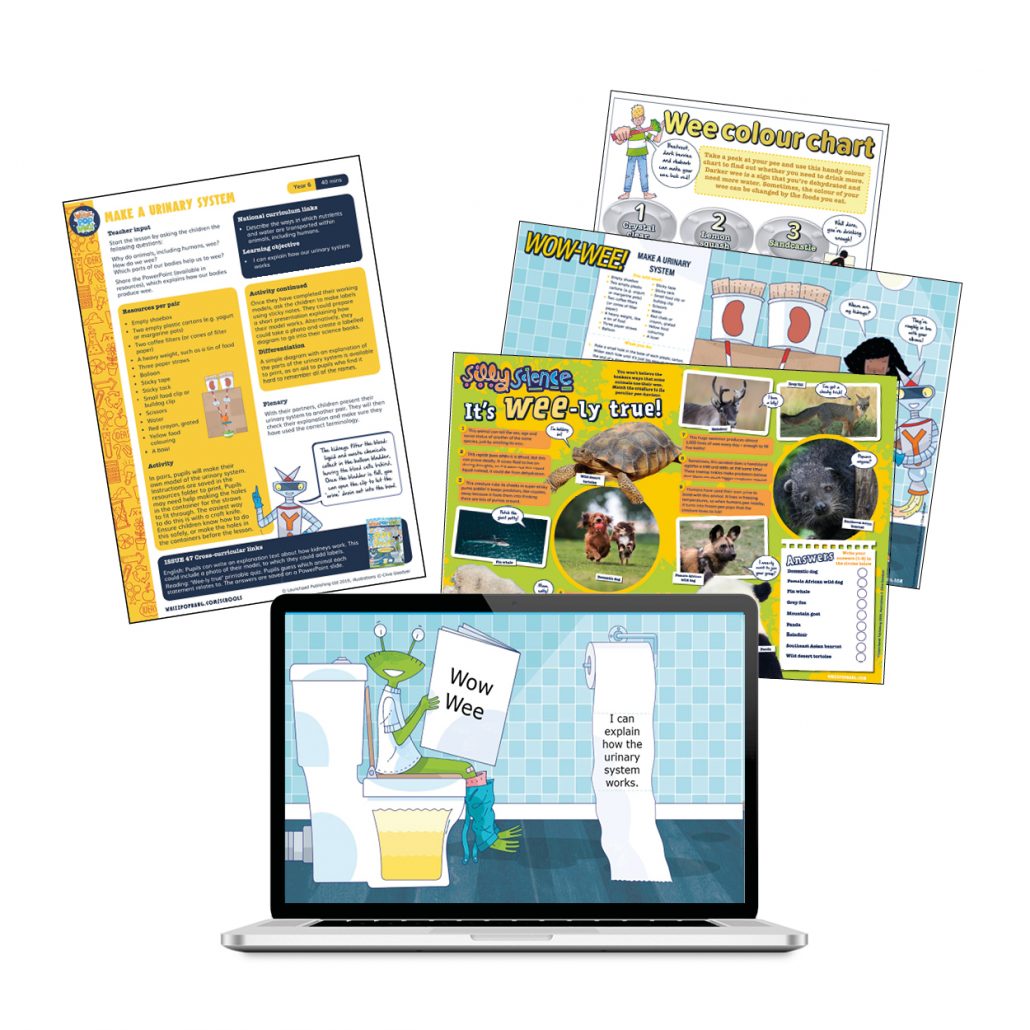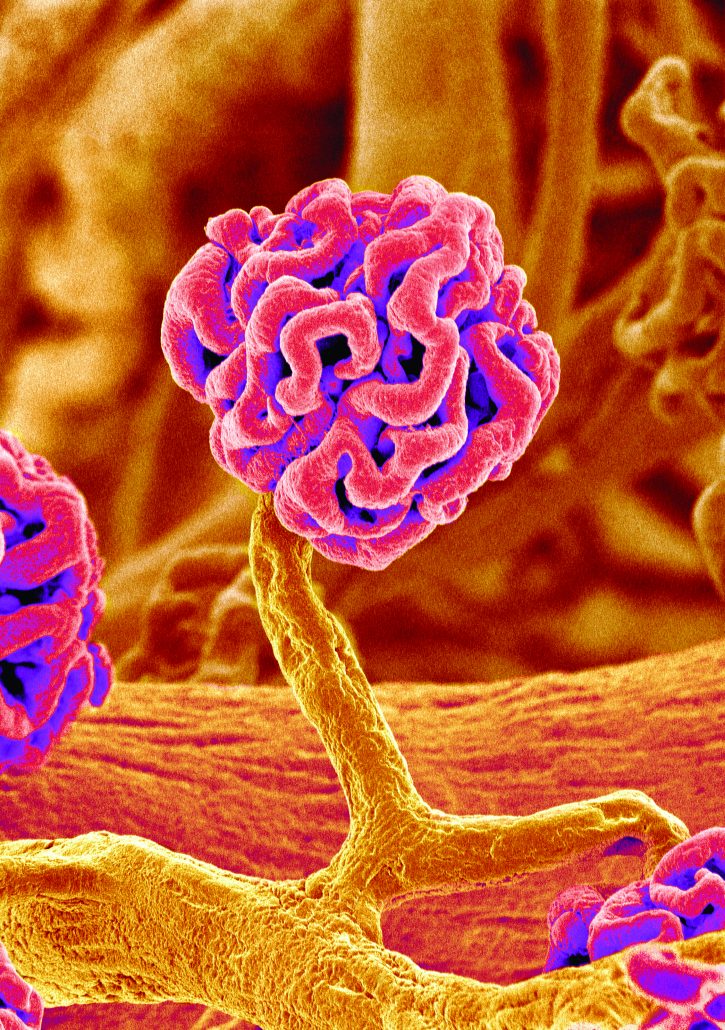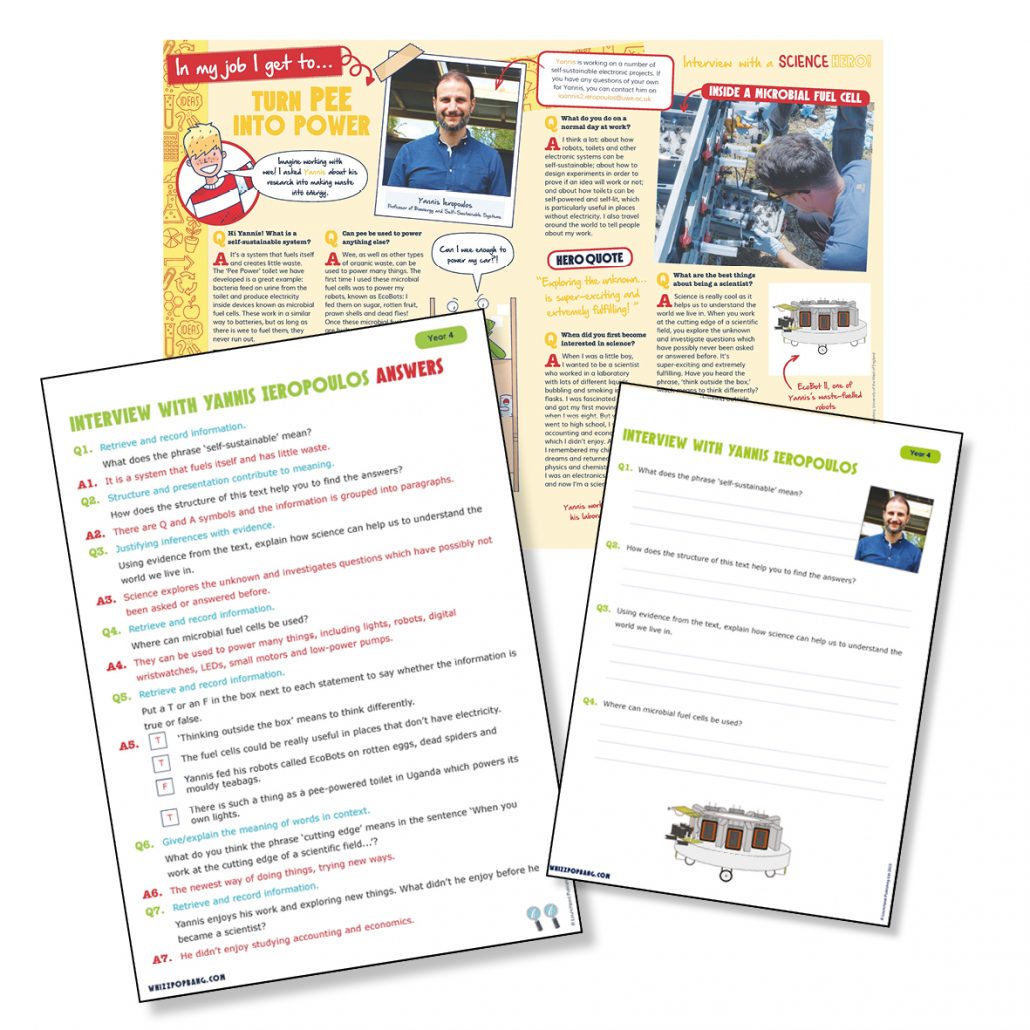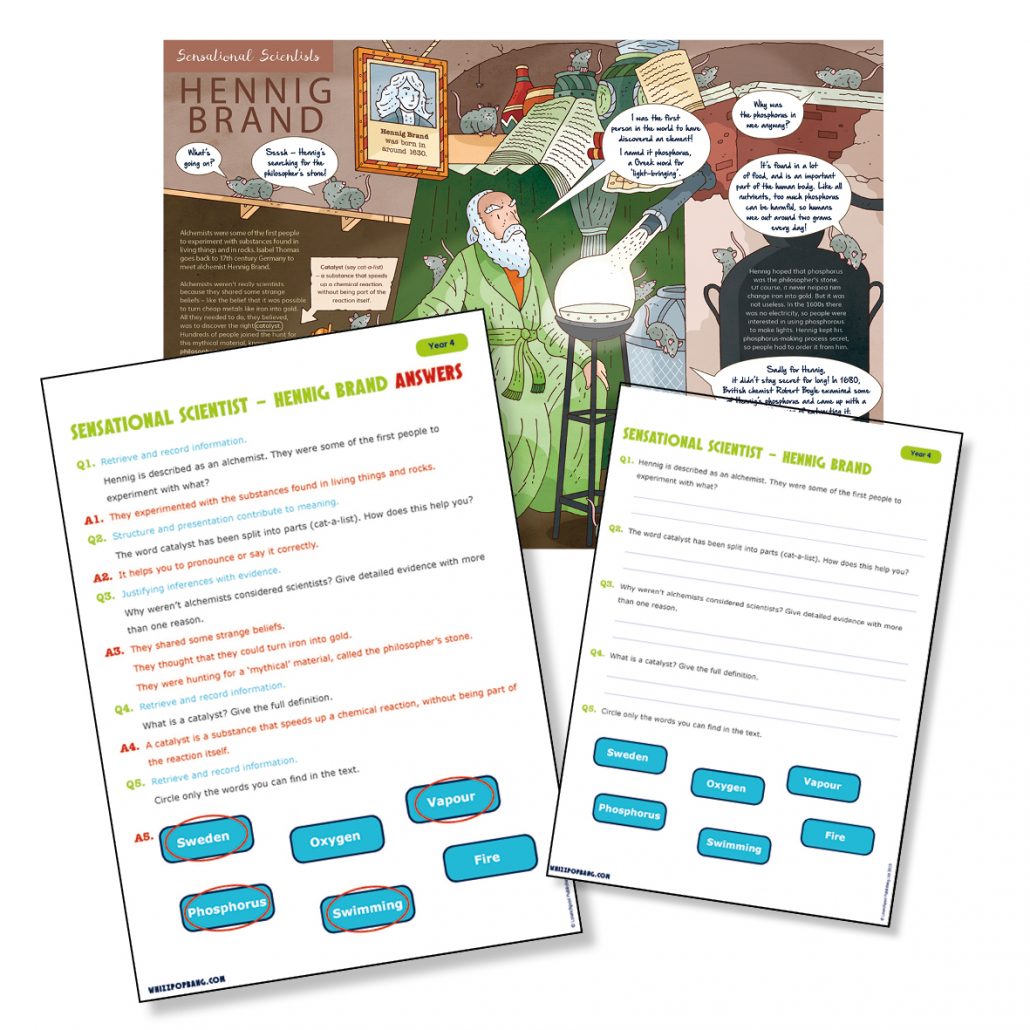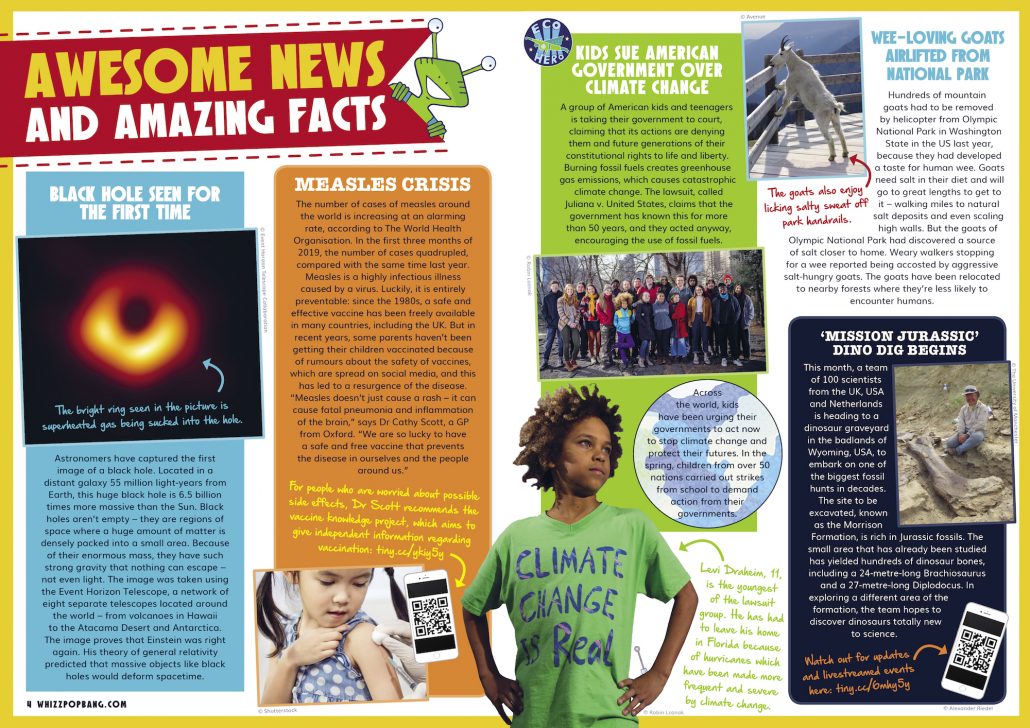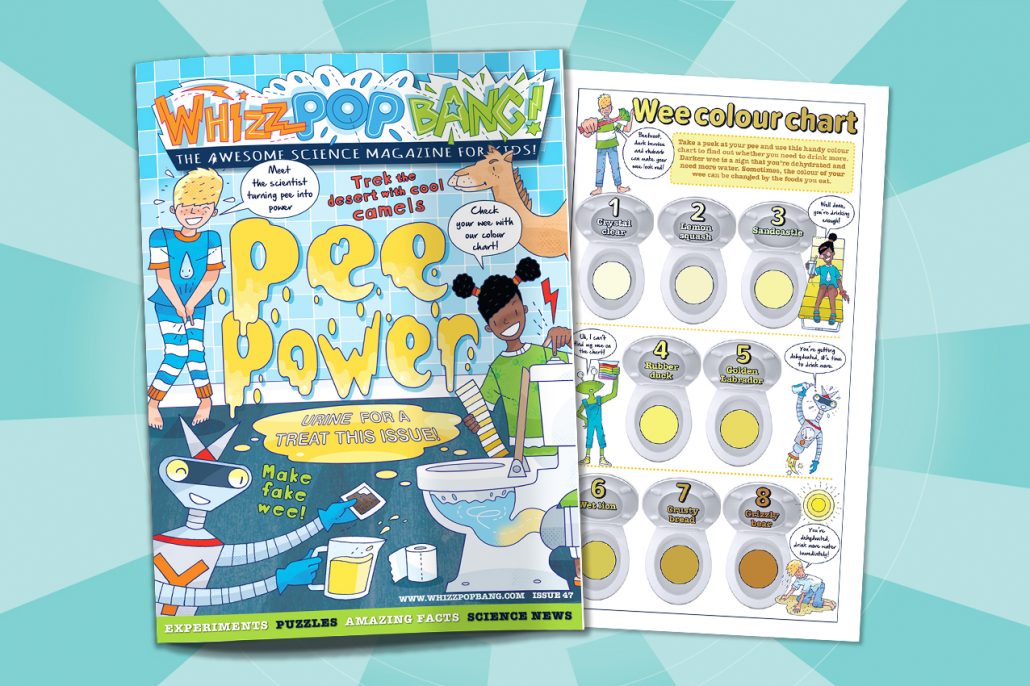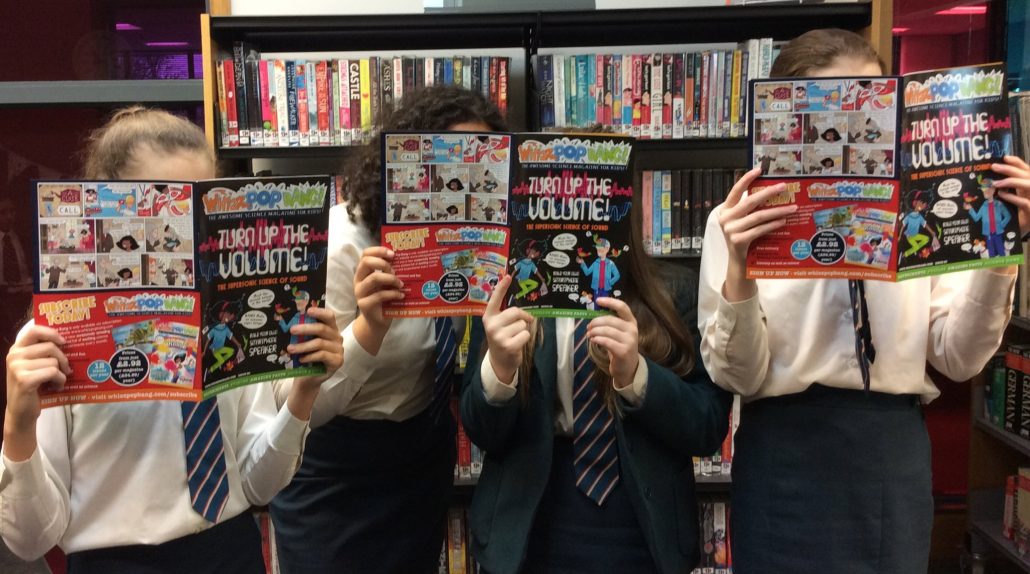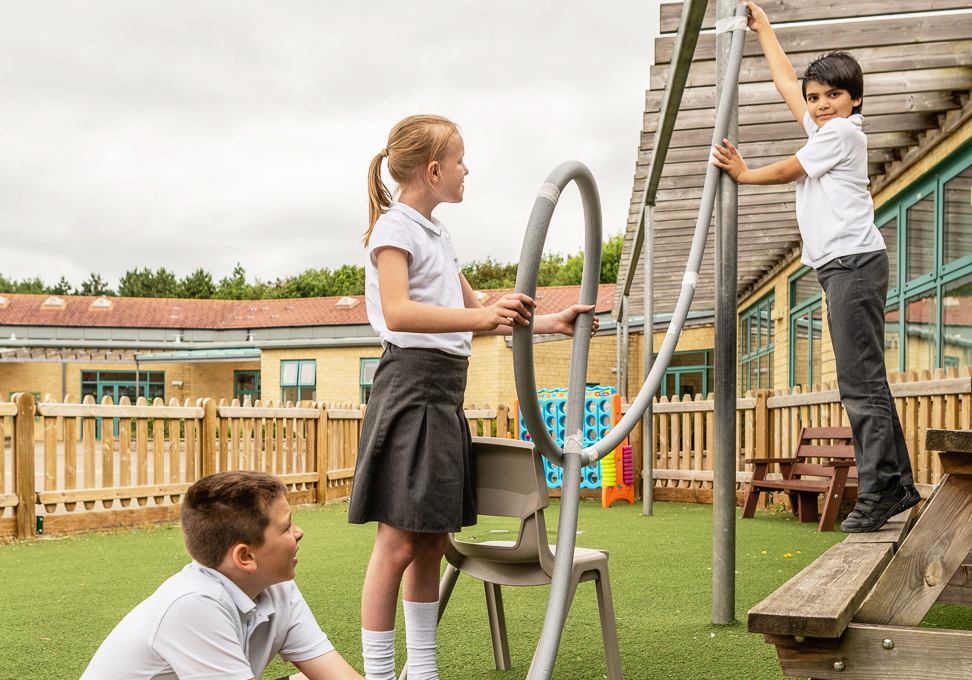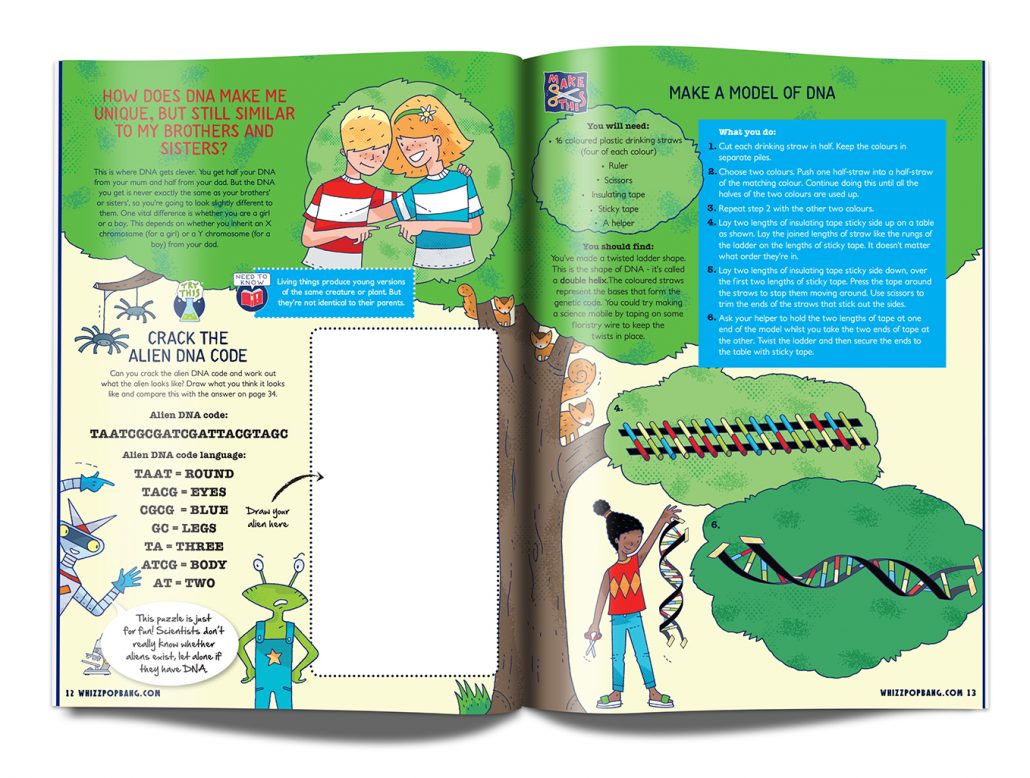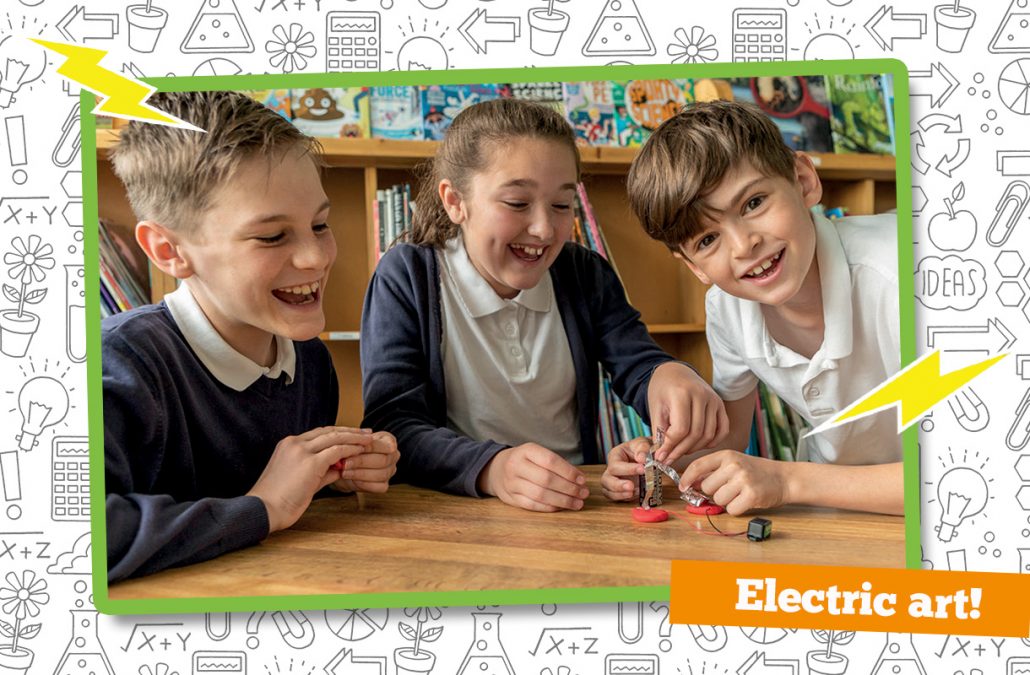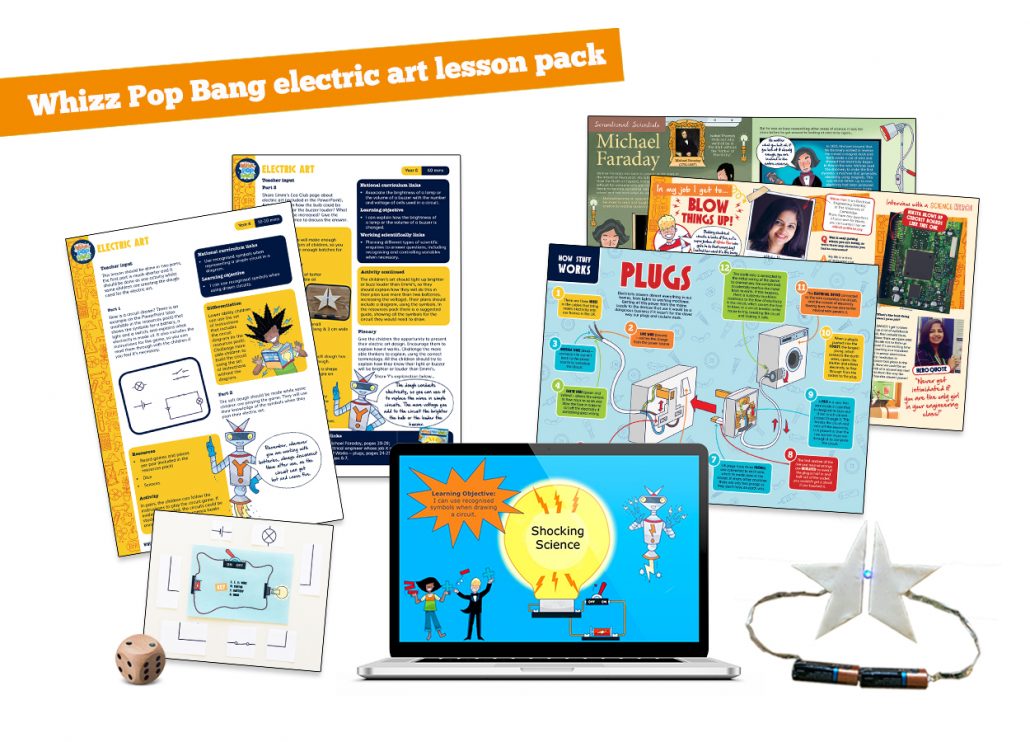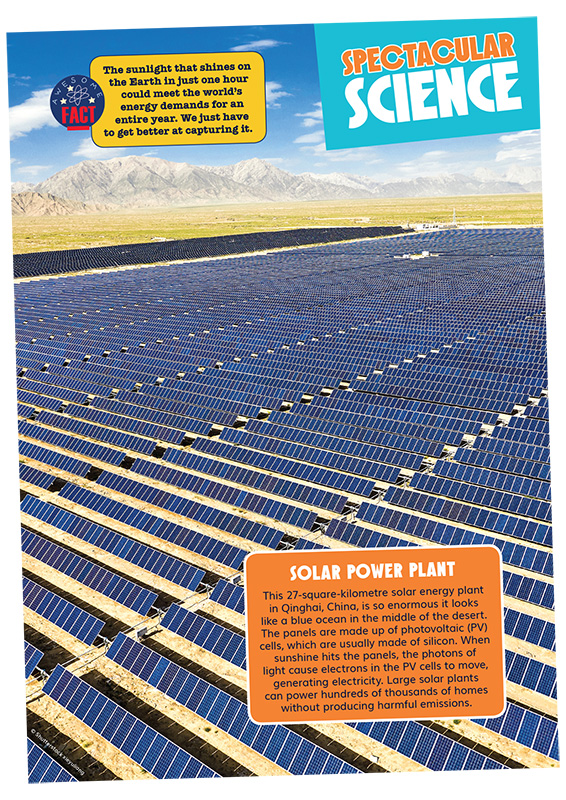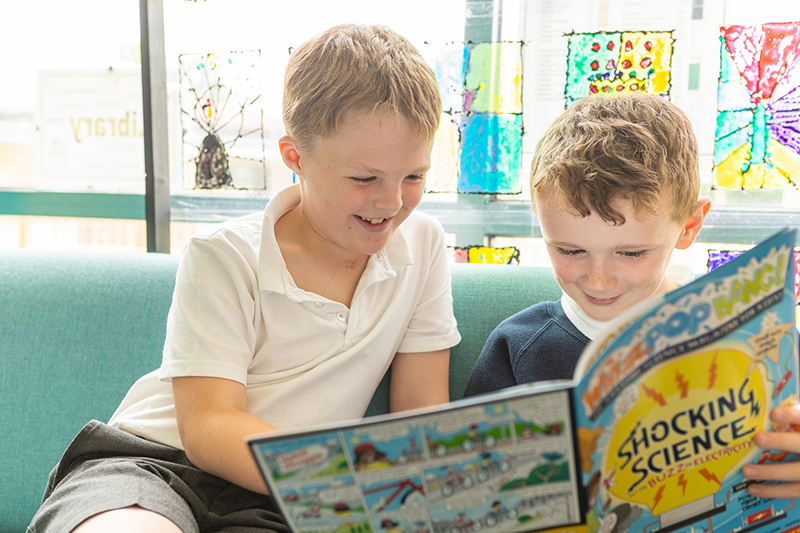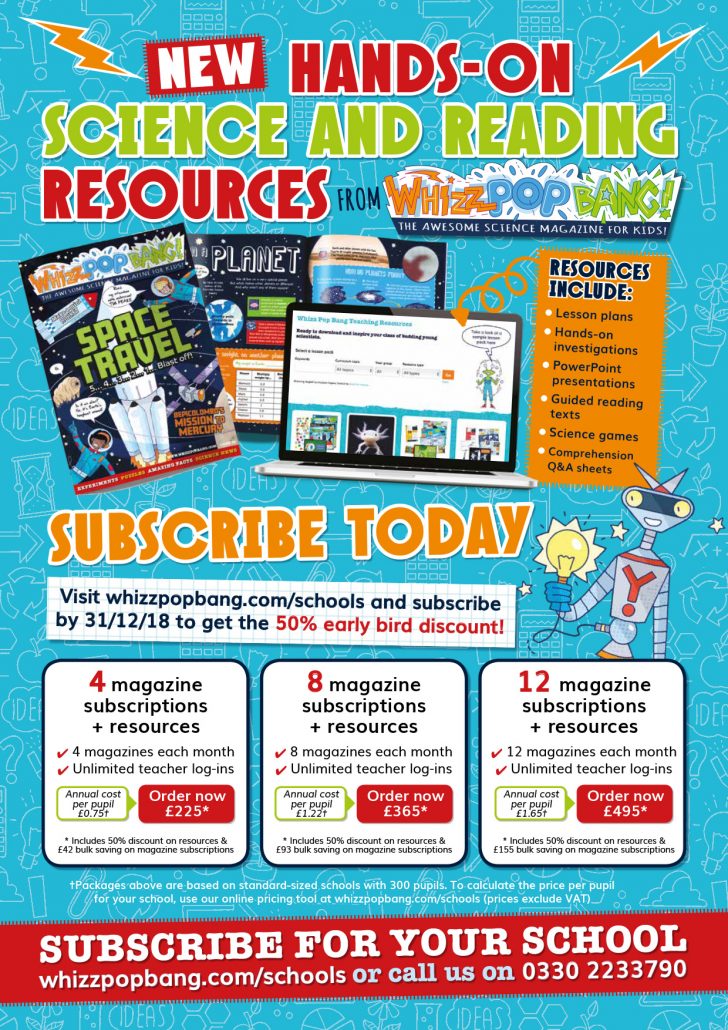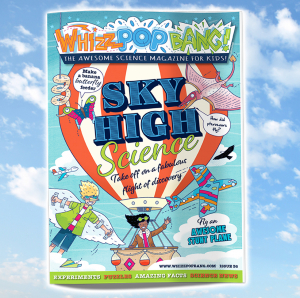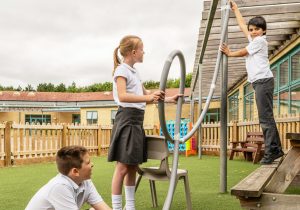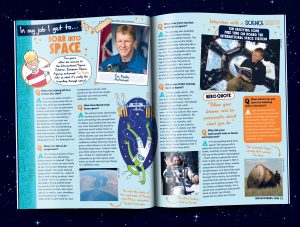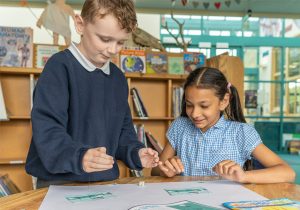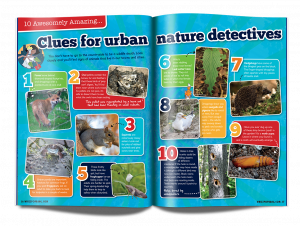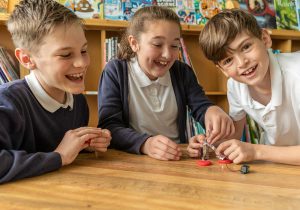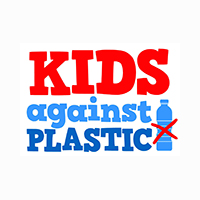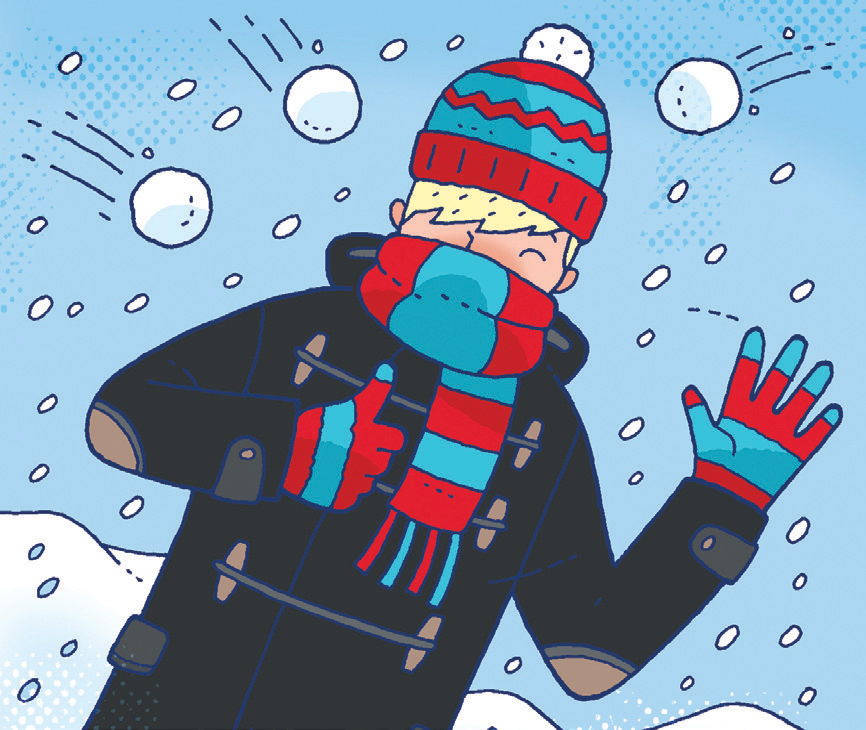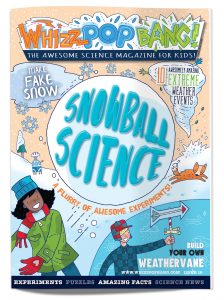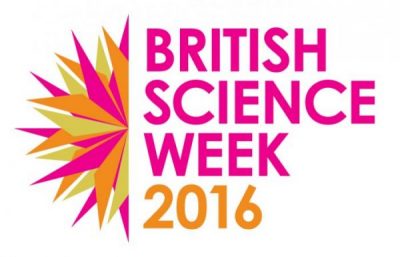Great news! Our latest resources to accompany the Explosive Science edition of Whizz Pop Bang are now available to download.
Not yet a subscriber to our downloadable teaching resources? Use the links below to subscribe for your school, or download some sample resources for FREE…
Year 5 and P6
Curriculum links: properties and changes of materials and properties and uses of substances.
This lesson pack is a hands-on investigation where pupils will create their own safe chemical explosion. In small groups, pupils will plan their own fair test, changing one variable at a time to see if it alters the speed of the explosion.
This downloadable pack includes:
- A lesson plan complete with differentiation and links to the curriculum.
- A PowerPoint presentation which explains different types of explosions and includes instructions for the investigation.
- A printable worksheet with a table and squared paper to draw the results in a line graph.
Simple to resource! The items you will need:
- Vinegar
- Bicarbonate of soda
- Grip seal bags (like the ones grated cheese comes in)
- Stopwatches
Fireworks reading comprehension
Year groups: Year 2 and P3
This explanation text, linking to the topics everyday materials and properties and uses of substances, explains how fireworks work. Each part of the firework is labelled with an expanded caption – hollow chamber, stick, fuse, time fuse, stars, burst charge and propellant.
The downloadable reading pack includes:
- Two differentiated A3 reading spreads for you to print.
- Reading comprehension question and answer sheets, differentiated using our magnifying glasses key (on the bottom right). One magnifying glass indicates easier and two means harder.
Cows
Year groups: Year 3 and P4
This non-chronological report text, linking to the topics animals including humans and biodiversity and interdependence, tells you everything you would like to know about cows. The text features: How they are explosive, why they affect climate change, what they eat, and explains what the term ‘chewing the cud’ means.
This downloadable reading pack includes:
- An A3 reading spread for you to print.
- Reading comprehension question and answer sheets, differentiated using our magnifying glasses key (on the bottom right). One magnifying glass indicates easier and two means harder.
Interview with an explosions expert
Year groups: Year 4 and P5
An interview with an explosives expert, linking to the topics states of matter and properties and uses of substances. Kate Biberdorf brings chemistry to life through her explosive demonstrations. In this interview, she discusses what her job is, how she became so interested in explosions and the best thing about her job.
This downloadable reading pack includes:
- An A3 reading spread for you to print.
- Reading comprehension question and answer sheets, differentiated using our magnifying glasses key (on the bottom right). One magnifying glass indicates easier and two means harder.
Join our Facebook group for updates, science news, competitions and even some freebies!

